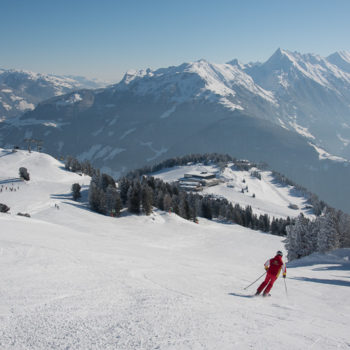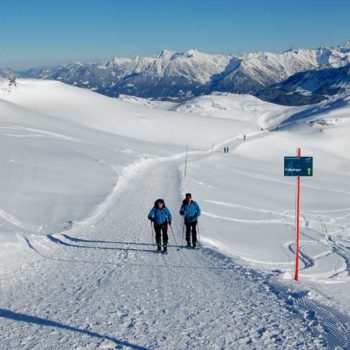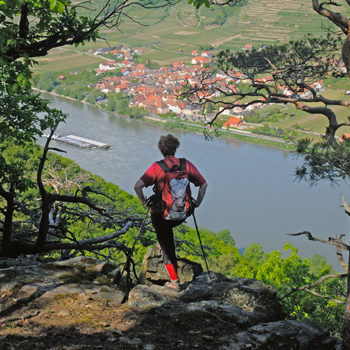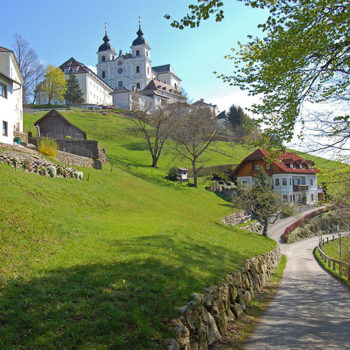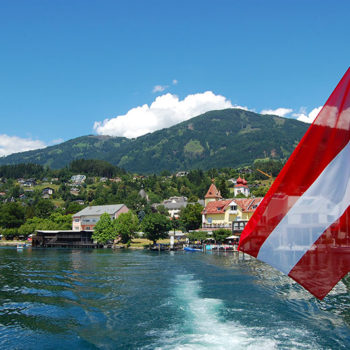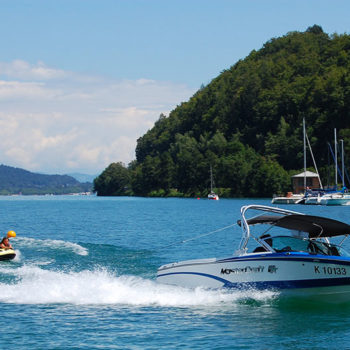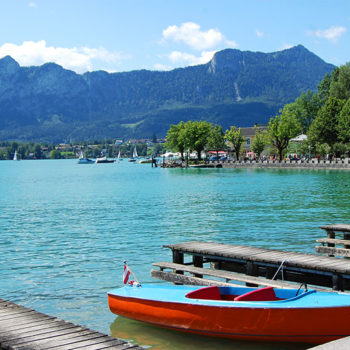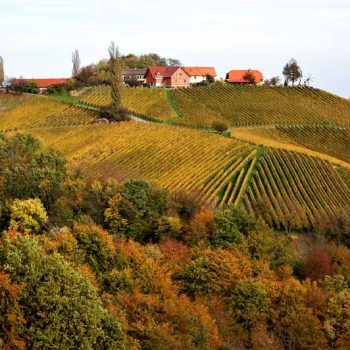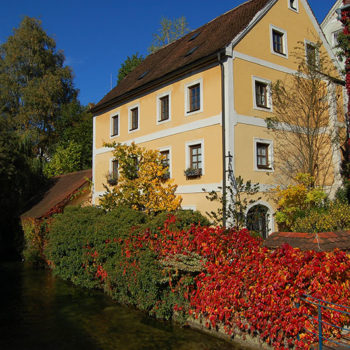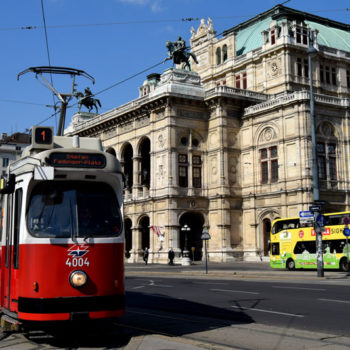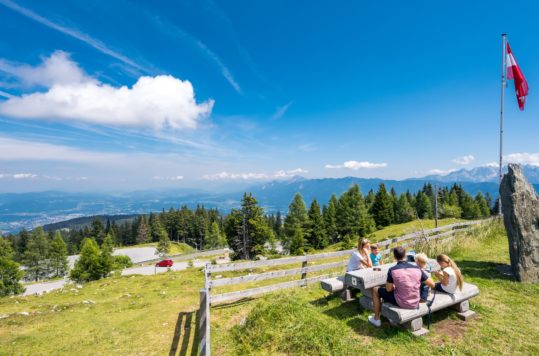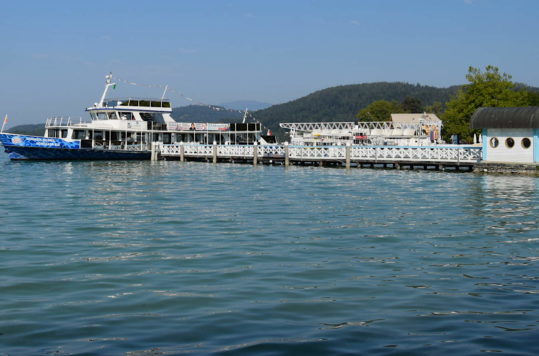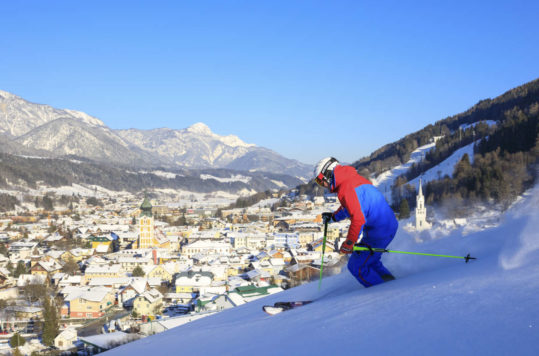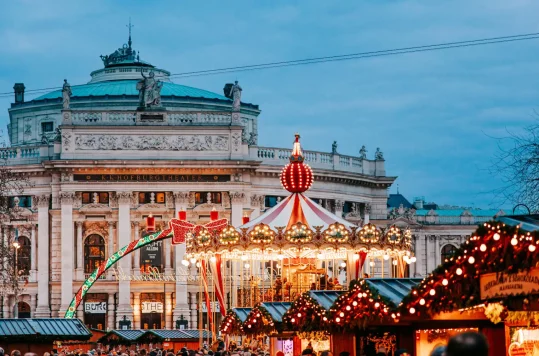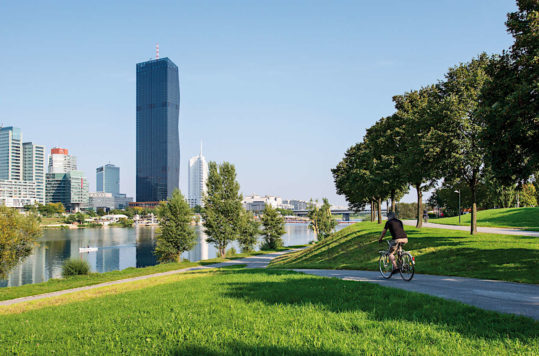Planning a trip to Austria? Choosing the best time to visit can make a big difference in your experience.
Whether you’re chasing snow-covered slopes or blooming alpine meadows, Austria has something to offer every season. This guide will help you decide the best time to visit Austria based on your interests.
Winter (December to March): A Snowy Paradise
During winter, Austria transforms into a haven for snow enthusiasts. The Austrian Alps, particularly regions like Tyrol, Salzburg, and Vorarlberg, become hotspots for skiing and snowboarding. Resorts in these areas provide well-groomed slopes suitable for all skill levels, accompanied by breathtaking alpine views. Beyond winter sports, cities like Vienna and Salzburg exude a magical charm with their festive Christmas markets, twinkling lights, and the comforting aroma of mulled wine. Strolling through snow-dusted streets, visitors can enjoy seasonal concerts and indulge in traditional Austrian delicacies, making winter a culturally rich time to explore.
Best for: Skiing, snowboarding, festive markets, and cozy alpine retreats.
Spring (April to June): Blossoms and Serenity
Spring ushers in a period of renewal across Austria. As snow recedes, landscapes burst into vibrant colors with blooming alpine flowers and lush greenery. This season is ideal for outdoor activities like hiking and cycling, especially in regions such as the Wachau Valley, renowned for its picturesque vineyards and apricot blossoms. Cities experience milder temperatures, making exploring architectural marvels, museums, and cafes comfortable. Additionally, spring sees fewer tourists, allowing for a more relaxed and intimate experience of Austria’s rich cultural offerings.
Best for: Hiking, cycling, city tours, and enjoying tranquil landscapes.
Summer (July to August): Festivals and Lakeside Leisure
Warm temperatures and a lively atmosphere characterize summer in Austria. The country hosts numerous music and cultural festivals, drawing artists and audiences worldwide. Lakes such as Lake Mondsee, Lake Neusiedl, and Lake Millstatt become centers for swimming, sailing, and sunbathing. Lakeside towns, like St. Wolfgang, Podersdorf and Millstatt, offer charming accommodations and local culinary delights. However, it’s important to note that summer is peak tourist season. Popular attractions can be crowded, and accommodations may require advance booking.
Best for: Festival enthusiasts, water sports, and vibrant nightlife.
Autumn (September to October): Golden Tranquility
Autumn presents a serene and picturesque side of Austria. The foliage turns golden, creating stunning backdrops for outdoor activities. It’s an excellent time for hiking in regions like the Salzkammergut, where trails offer panoramic views of colorful landscapes. Wine regions celebrate harvest festivals, providing insights into local traditions and the opportunity to sample fresh wines. Cities like Vienna and Innsbruck are less crowded, allowing for leisurely exploration of their historical sites and culinary scenes. The crisp air and moderate temperatures make autumn a favorite for many travelers seeking cultural and natural experiences.
Best for: Scenic hikes, wine tasting, cultural festivals, and peaceful city visits.
Conclusion
Austria’s diverse seasons cater to a wide range of interests. For snow sports and festive markets, winter is ideal. Spring and autumn offer mild weather and fewer crowds, perfect for outdoor adventures and cultural explorations. Summer appeals to festival-goers and lake lovers but comes with increased tourist activity. Ultimately, the best time to visit Austria depends on your personal preferences and the experiences you seek.


